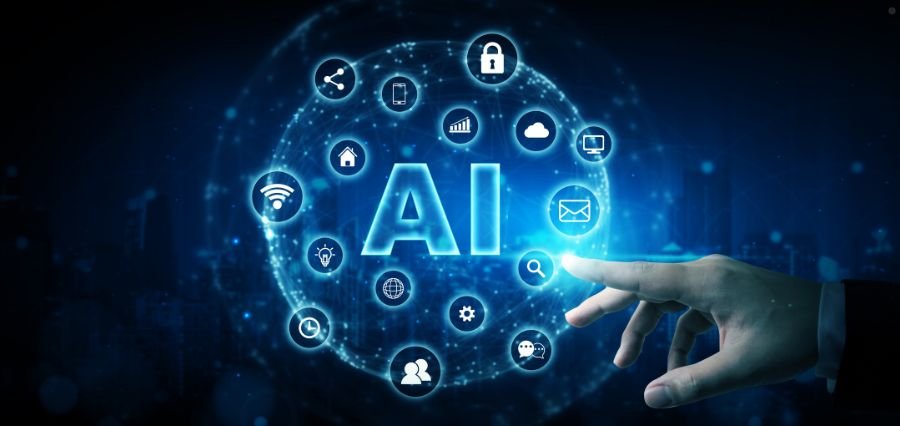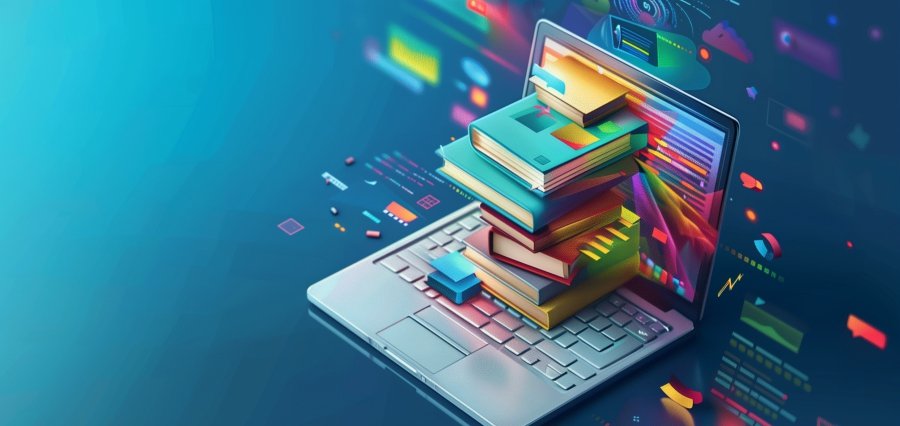Ai and Cybersecurity: The Future of Digital Defense
Two of the most transformative forces driving the ever-growing cosmos of digital technology—ai and cybersecurity—are converging in ways that are transforming how we safeguard data, systems, and privacy. As AI gains broader influence, cybersecurity is on the march, its own development from reactive defense to proactive, intelligent systems.
Not only are cyber attacks increasing, but also on an increasing curve of sophistication. Those were the times when antivirus and firewalls would do the job. Today attacks are launched primarily with automation, AI, and machine learning as well. Then security has to catch up with this type of sophistication with same or greater power of technology—and that is where AI comes into play.
“Ai and cybersec” collectively form a robust barrier against advanced persistent threats, phishing, ransomware, and insider attacks. AI enables the possibility of sensing anomalies, learning new dangers, and acting in real-time, which the conventional security models are unable to do.
How AI Is Changing Cybersecurity
Here is how AI is revolutionizing the cybersecurity scene:
1. Predictive Threat Intelligence
AI not only answers but also foretells. Through processing vast volumes of historical and current information, AI has the ability to sense threats that are most likely to occur beforehand. Such preemption defense is crucial in reducing attack windows and enabling incident response at a faster pace.
2. Accurate Detection of Anomalies
AI absorbs the “normal” system and user behavior over time. When something out of the ordinary happens—a sudden login from an odd site or peculiarity in file access patterns—AI alerts in real-time, even if it was not explicitly trained to do so.
3. Automated Incident Response
Time is of the essence in a cyberattack. AI can automate actions, like quarantining compromised machines, applying security controls, or notifying human groups. This minimizes and delays harm and downtime by a large margin.
4. Behavioral Biometrics
With the addition of behavioral biometrics like navigation patterns or typing patterns, AI platforms can improve user authentication. This extra level of authentication enhances identity theft and unauthorized access protection.
Real-World Applications: Where AI and Cybersecurity Are Thriving
AI-based technologies for cybersecurity are being used in every kind of industry. Banks use them to identify fraud in real-time. Healthcare systems depend on AI for the protection of sensitive patient information. Defence organizations and governments use AI to ward off espionage and state-level cyberattacks.
A traditional example is AI-driven email protection. Spammers employ rigid rules to function normally. AI algorithms are familiar with language and context, and phishing attacks are correctly identified, which otherwise would not be detected.
The Flip Side: AI as a Double-Edged Sword
While AI and cybersecurity provide powerful shields, let’s not forget that AI can also be used to attack. Cybercriminals increasingly leverage AI to automate attacks, evade security controls, and generate deepfakes for disinformation operations. This cat-and-mouse game means that security teams always need to stay ahead of the game.
Also, over-reliance on AI can bring about new risks. For example, biased training data can cause threat misestimates. And then there is the risk of “black-box” decision AI systems making decisions not fully transparent to their operators.
Ethical Considerations and Governance
The integration of AI and cybersecurity is not technologically in a solo silo but carries ethical implications as well. Privacy, surveillance, and data ownership become increasingly complex in AI worlds. Businesses must use transparent AI, be regulated ethically, and abide by cross-border data protection laws such as GDPR.
Future Outlook: What’s Coming Next?
The future of AI and cybersecurity is one of perpetual change and reliance. As AI changes, so will its function in cybersecurity. Look for the emergence of:
- Self-healing systems: Which can automatically detect and repair defects.
- Federated learning: To allow AI models to be trained on decentralized data without sacrificing privacy.
- Zero Trust Architecture: AI-saged, with authentication around every corner, for every device and user.
The AI and cybersecurity partnership also will lead to risk management architecture innovation that will be proactive rather than reactive.
Best Practices for Adopting AI in Cybersecurity
In order to implement AI effectively, organizations must do the following:
- Begin with well-defined goals: Know what you want AI to do—identification of threats, compliance checks, fraud prevention, etc.
- Use good data: The performance of AI depends on the quality of data. Clean, contextual, and well-labeled data is essential.
- Augment with human insight: AI is meant to augment, not automate, cybersecurity professionals.
- Regular audits: Regularly scan AI models for bias, bugs, and stale data sets.
- Invest in training: Have your IT and security personnel trained to operate AI tools efficiently.
Final Thoughts
As we continue to become more of a digital-first world, the intersection of AI and cybersecurity is increasingly important. AI offers speed, scale, and intelligence, while cybersecurity offers security, trust, and resilience. They’re an unbeatable combination that not only secures systems but societies.
In order to allow for future-proofing of their online spaces, organizations can no longer even think of AI and cybersecurity — it’s essential. It’s not whether these technologies will soon come together, but how we leverage them with sense and ethical direction into the very fabric of our digital lives.









